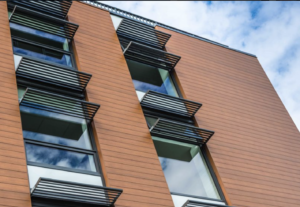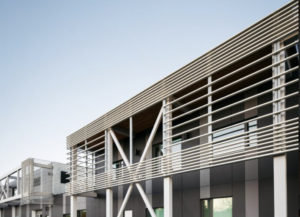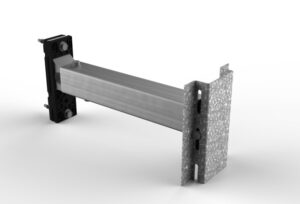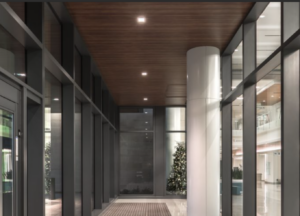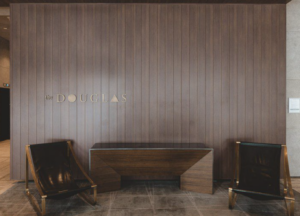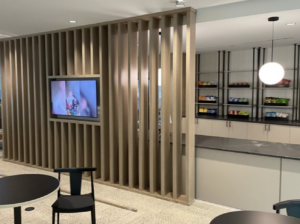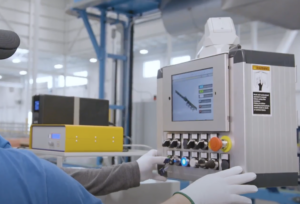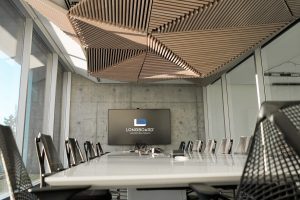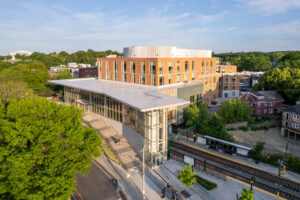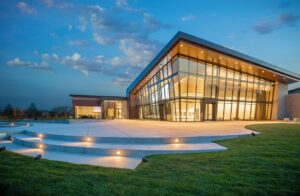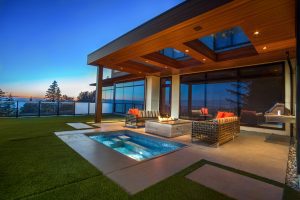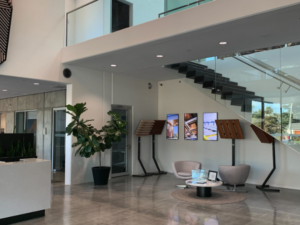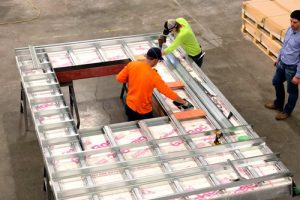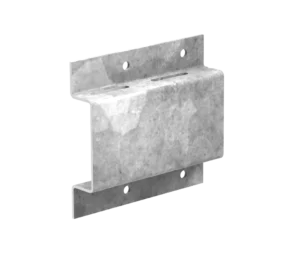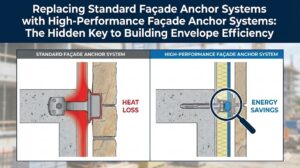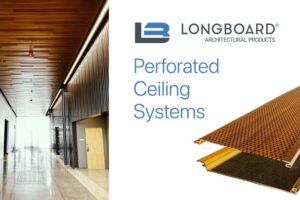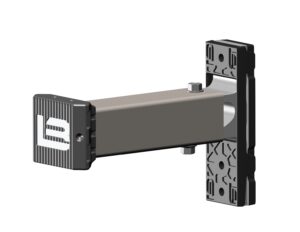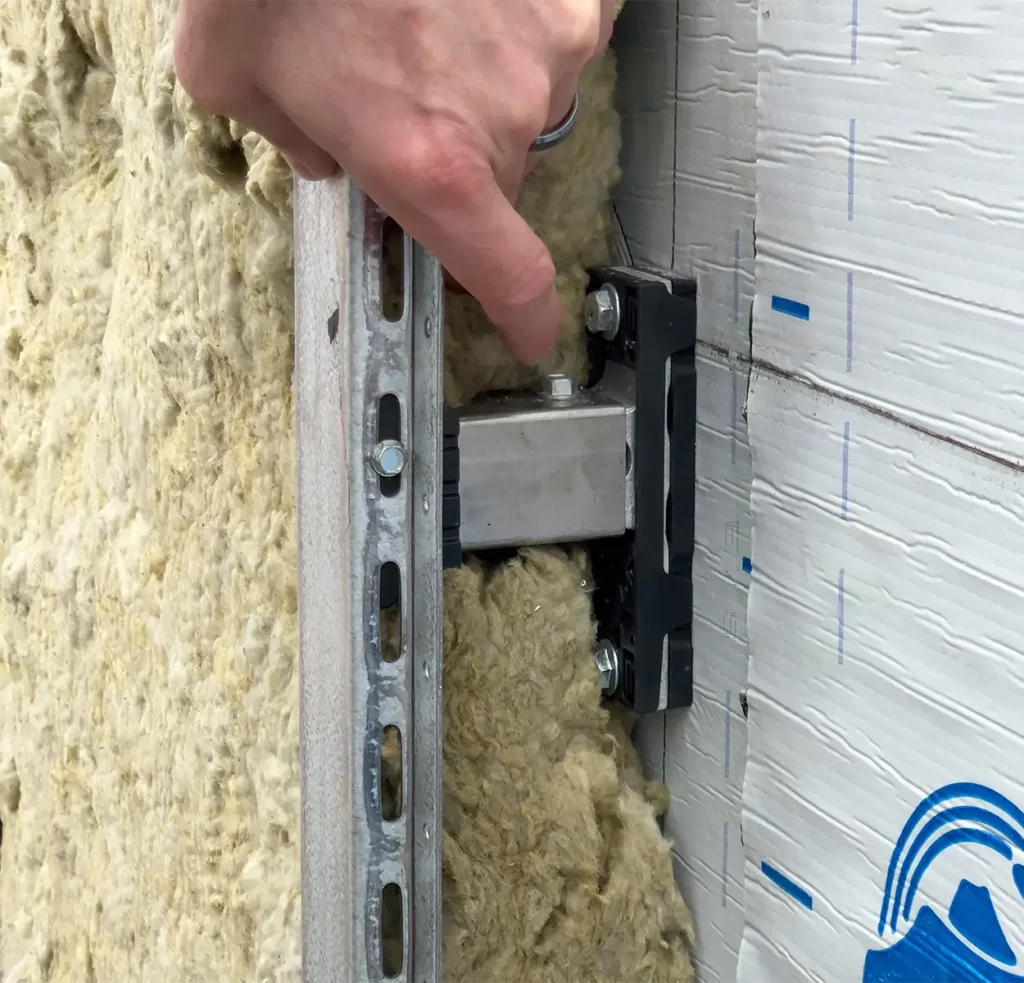Content Type:
Trends
Project Type:
-
System Name:
-
Installation:
-
10 Building Trends to Watch for 2023
The building industry is constantly evolving, with new technologies and innovations emerging every year. The trends listed in this article not only reflect the changing needs and desires of consumers, but also the need to create buildings that are sustainable, resilient, and adaptable. By staying up to date with the latest trends, architects, engineers, and contractors can create structures that are not only aesthetically pleasing, but also functional, efficient, and environmentally responsible.
From sustainable design and green building to smart homes and biophilic design, the following 10 trends are some of the most important in the building industry today. Understanding these trends can help industry professionals stay ahead of the curve and create buildings that meet the needs of both their clients and the planet.
1. SUSTAINABLE DESIGN AND GREEN BUILDING
The trend towards sustainable design and green building continues to grow as people become more conscious of the environment and the impact buildings have on it. This trend includes the use of sustainable materials, such as bamboo and recycled aluminum, and the incorporation of features such as green roofs, rainwater harvesting, and energy-efficient systems.
By utilizing recycled or renewable materials, sustainable design also reduces the demand for virgin resources and supports the principles of a circular economy.
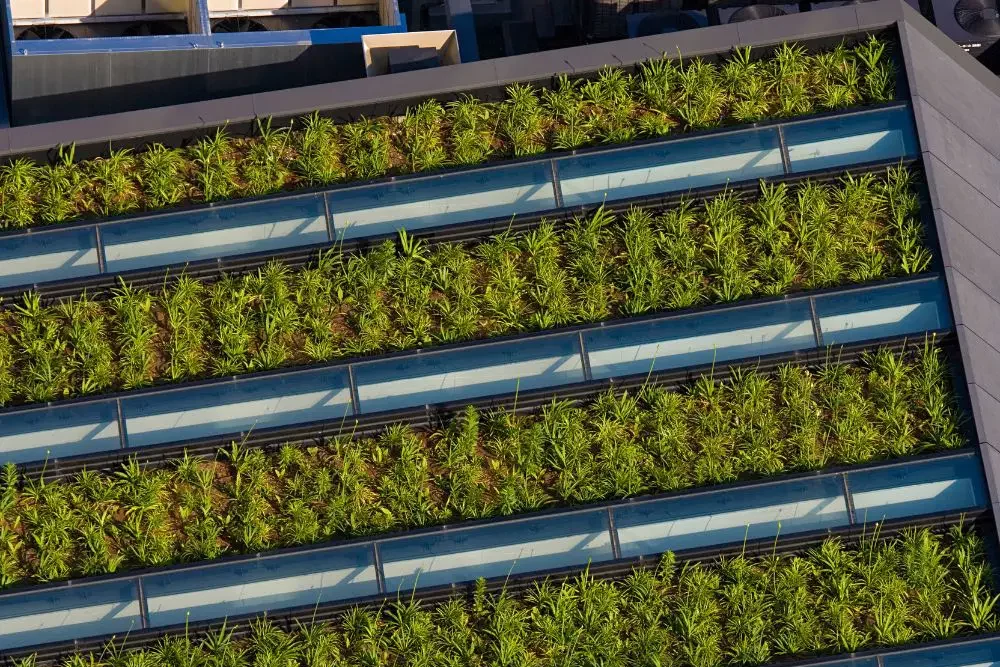
2. MODULAR CONSTRUCTION
Modular construction involves building structures off-site in a factory, then transporting them to the construction site for assembly. Modular construction offers benefits such as increased efficiency, cost savings, flexibility, improved safety, waste reduction, sustainability, and design versatility. These advantages make modular construction an attractive option for various building projects, ranging from residential and commercial structures to healthcare facilities and educational institutions.
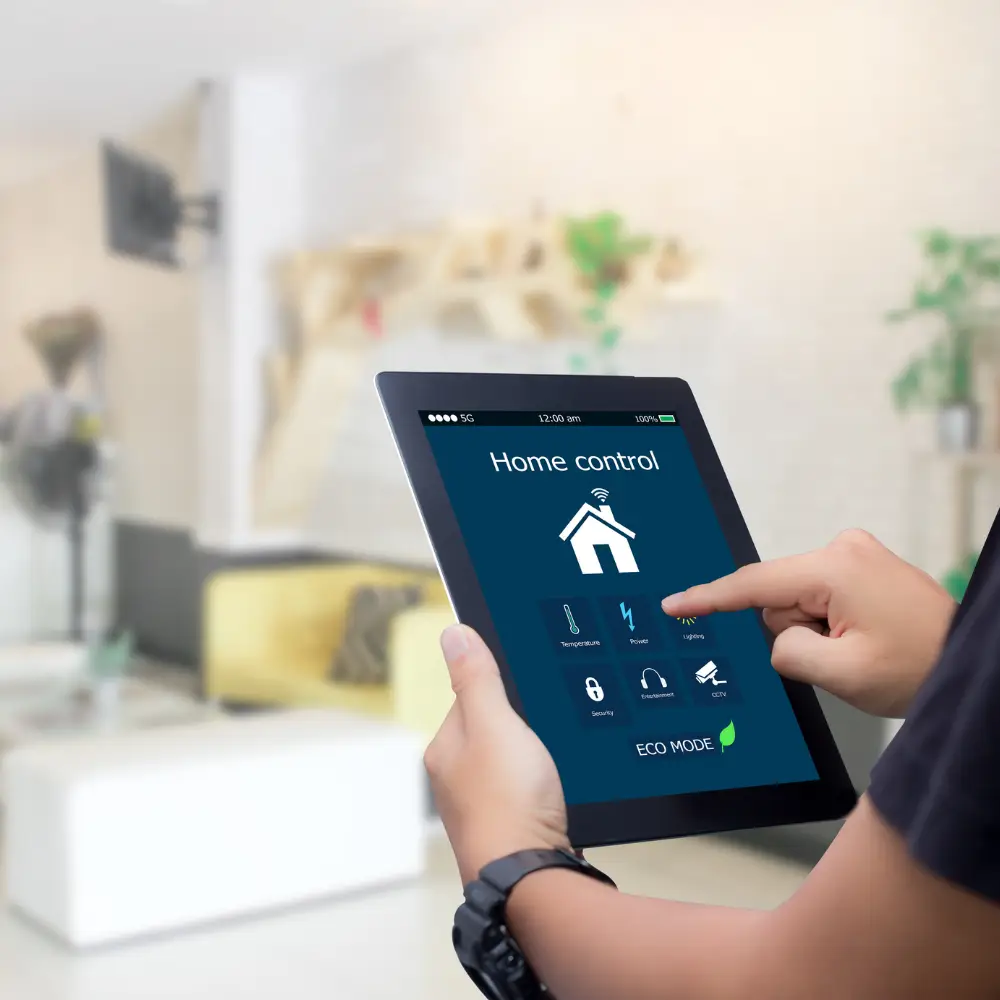
3. SMART HOMES
With the advancement of technology, the trend towards smart homes continues to grow. Smart home technology allows homeowners to control various aspects of their home, such as lighting, heating, and security, remotely using their smartphones. By integrating energy management systems, homeowners can monitor and control energy consumption in real-time.
Smart lighting systems can automatically adjust lighting levels based on natural light availability or occupancy, reducing unnecessary energy usage. Similarly, smart appliances can optimize energy consumption by running during off-peak hours or utilizing energy-saving modes. These energy-saving features not only reduce utility bills but also contribute to a more sustainable and environmentally friendly lifestyle.
4. VIRTUAL REALITY AND AUGMENTED REALITY
The use of virtual reality and augmented reality in the building industry is becoming increasingly popular. These technologies allow architects and designers to create 3D models of their designs and visualize them in real time.
5. BUILDING INFORMATION MODELING (BIM)
Building information modeling is a digital representation of a building’s physical and functional characteristics. This trend allows architects, engineers, and builders to create detailed 3D models of buildings, which can be used for construction, maintenance, and operation.
BIM contributes to better project outcomes and improved facility management. The digital model serves as a valuable source of information for facility managers, providing detailed data about building components, systems, and maintenance schedules. This information aids in facility maintenance, renovations, and future expansions, enhancing the long-term functionality and performance of the built environment.
6. RESILIENT DESIGN
Resilient design involves designing buildings that can withstand natural disasters, climate change, and other potential threats. This trend includes incorporating features such as stronger building materials, flood-resistant materials, and energy-efficient systems.
Resilient design aligns with the principles of sustainable development. By integrating resilience into the design process, it promotes resource efficiency, reduces waste, and minimizes environmental impact. Resilient buildings and communities are built to last, reducing the need for frequent reconstruction and lowering the overall ecological footprint.
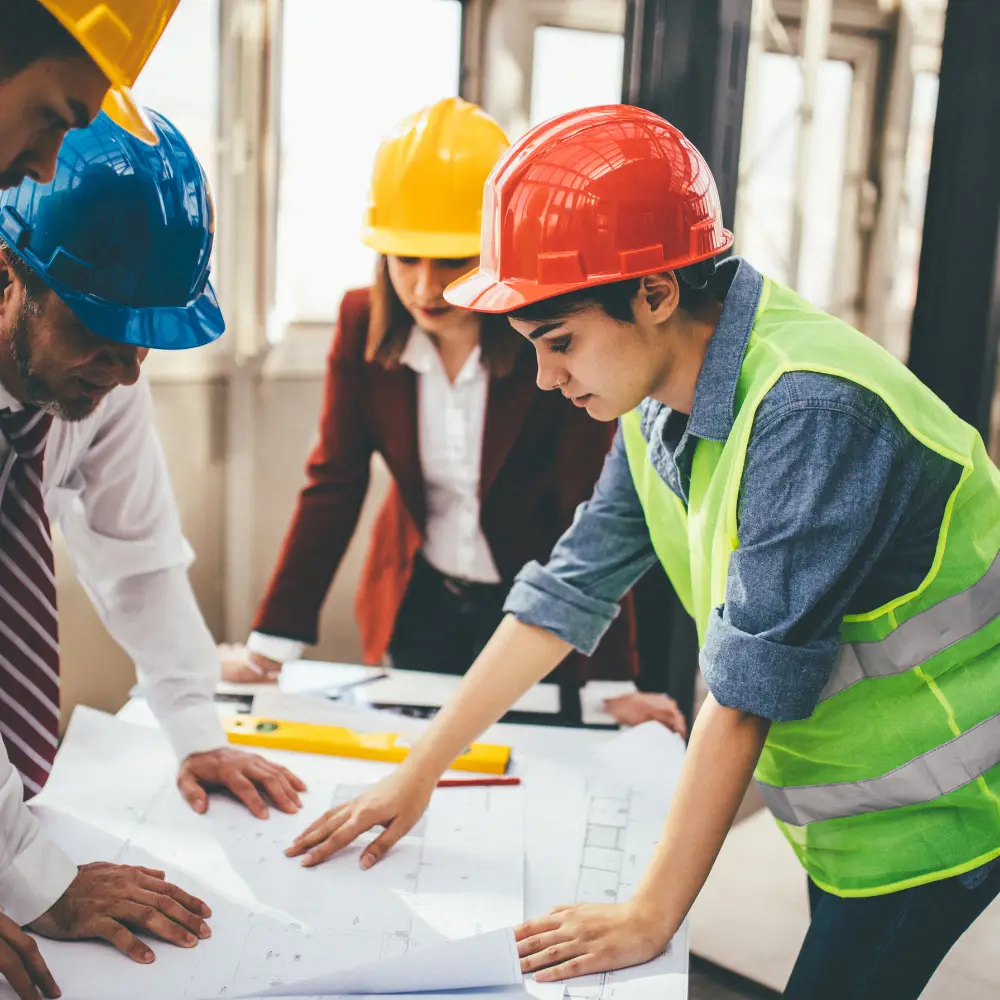
7. PREFABRICATED BUILDING COMPONENTS
Prefabricated building components, such as walls, roofs, and floors are becoming increasingly popular in the building industry due to their speed and cost-effectiveness.
8. HEALTH AND WELLNESS
The trend towards designing buildings with the health and wellness of their occupants in mind is growing. This trend includes incorporating features such as natural light, indoor air quality monitoring, and access to outdoor spaces.
9. BIOPHILIC DESIGN
This concept involves incorporating natural elements, such as plants and water features, into the design of buildings. This trend has gained popularity due to its ability to improve mental and physical well-being. Beyond its direct benefits, biophilic design also has the potential to foster a greater appreciation and understanding of nature among individuals. By creating environments that immerse people in natural elements, it encourages a deeper connection and empathy towards the natural world, leading to more sustainable attitudes and behaviors.
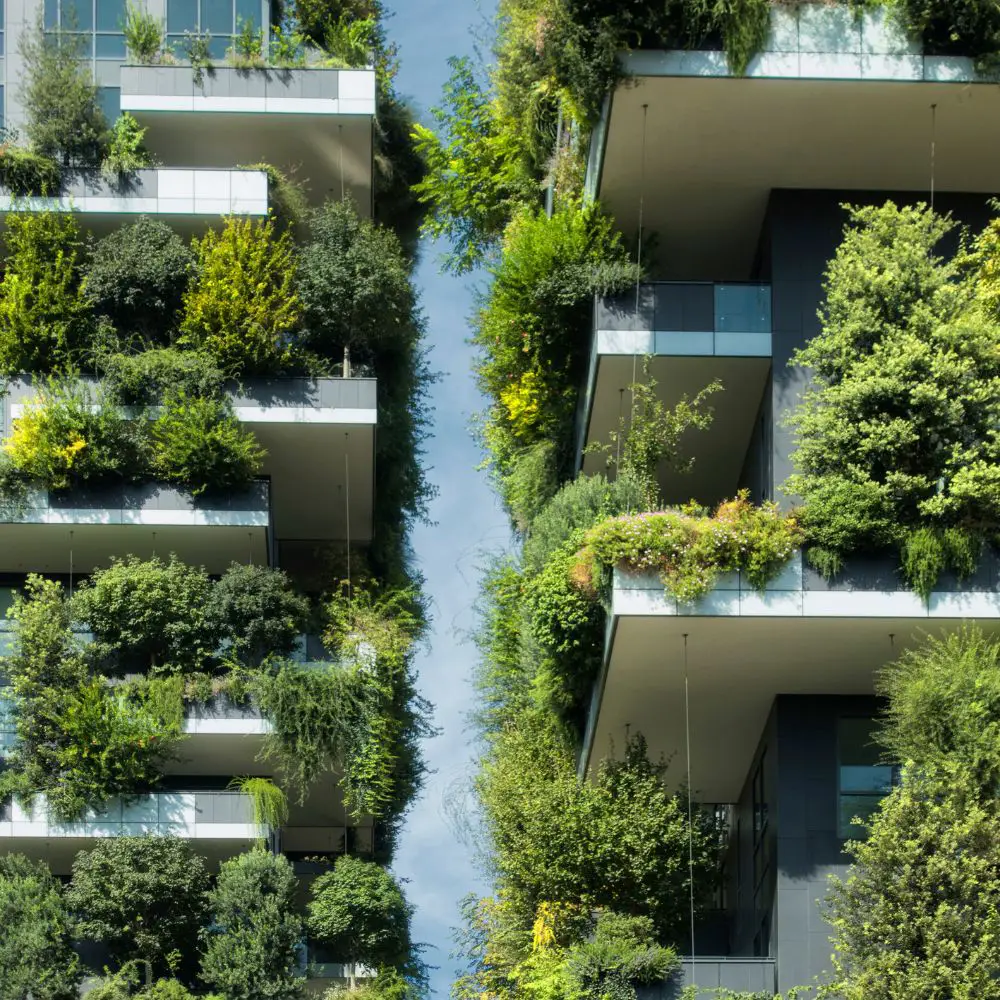
10. COLLABORATIVE CONSTRUCTION
This involves bringing together all stakeholders in a construction project, including architects, builders, engineers, and contractors, to work together in a more integrated way. This trend allows for better communication, improved efficiency, and faster project completion.

